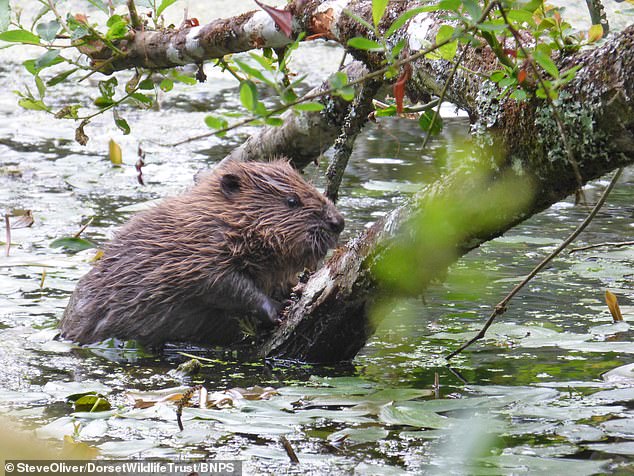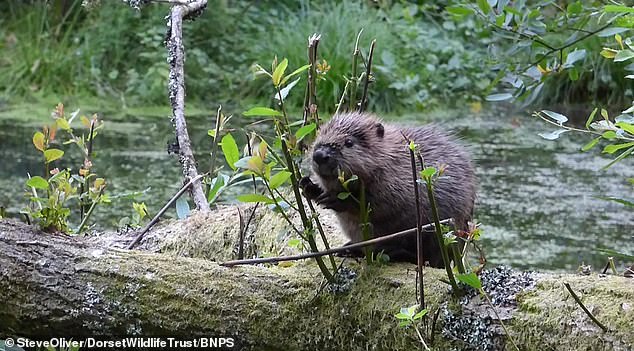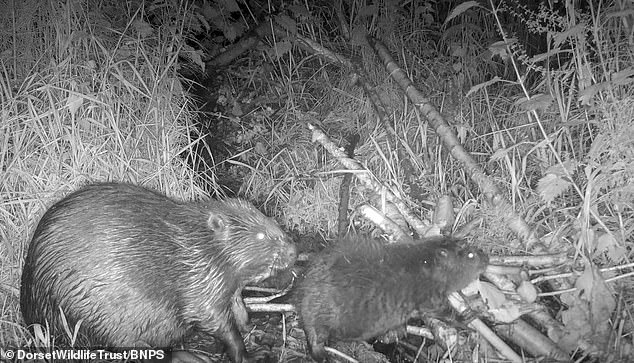
A baby beaver has been spotted in London for the first time in hundreds of years, with some speculating it could be the first of its kind born in the capital in centuries.
The new arrival comes after Enfield Council began a city-wide beaver reintroduction programme last year in a bid to bring the animals back to the capital after a 400-year hiatus.
The initiative is part of a wider rewilding and natural flood management project in the area, after research suggested beavers can reduce the flow of floodwaters from farmlands by up to 30 per cent.
Paradise Fields, a 10 hectare (24 acre) area of woodland and wetlands in urban Greenford in the north of Ealing has undergone feasibility studies and a licence application to Natural England supported by Beaver Trust.
It is hoped the project will prevent flooding downstream around Greenford Station and surrounding streets.
The project is a collaboration between Ealing Wildlife Group, Citizen Zoo, Friends of Horsenden Hill and Ealing Council with support from Beaver Trust.
The initiative is part of a wider rewilding and natural flood management project in the area






Beavers were hunted to extinction in England but have been reintroduced to the UK since 2008 in a bid to restore natural environments






The new arrival comes after Enfield Council began a city-wide beaver reintroduction programme last year in a bid to bring the animals back to the capital after a 400-year hiatus
It was also funded by Amazon’s Right Now Climate Fund, operated in partnership with the Mayor of London and the London Wildlife Trust, and which opened for applications in October 2022 after a £750,000 commitment from Amazon.
Beavers were hunted to extinction in England but have been reintroduced to the UK since 2008 in a bid to restore natural environments.
The young animal will now be captured by Capel Manor College for a thorough health check and in order to confirm its sex.
Enfield council’s cabinet member for the environment, Rick Jewell, told the BBC: ‘The beavers’ hard work creating a natural wetland ecosystem will contribute to excellent flood defences, protecting the local area and hundreds of homes from flooding downstream to the south-east of the borough, while encouraging biodiversity.’
Capel Manor College’s animal collections manager, Meg Wilson, added: ‘We are thrilled [about] this new arrival.
‘We have seen the developments the beavers are [involved in] and the improvements they have made to the wetland area.
‘We are now focusing our efforts on collecting data, which we hope will provide further evidence about the positive effects the beavers are having on the environment.’
Source: | This article originally belongs to Dailymail.co.uk